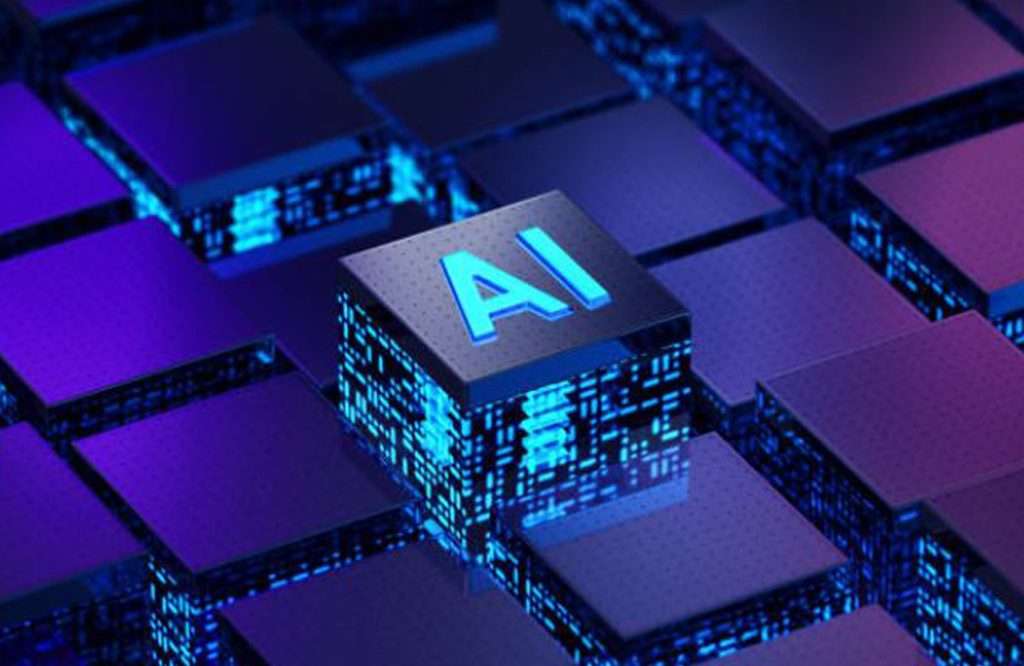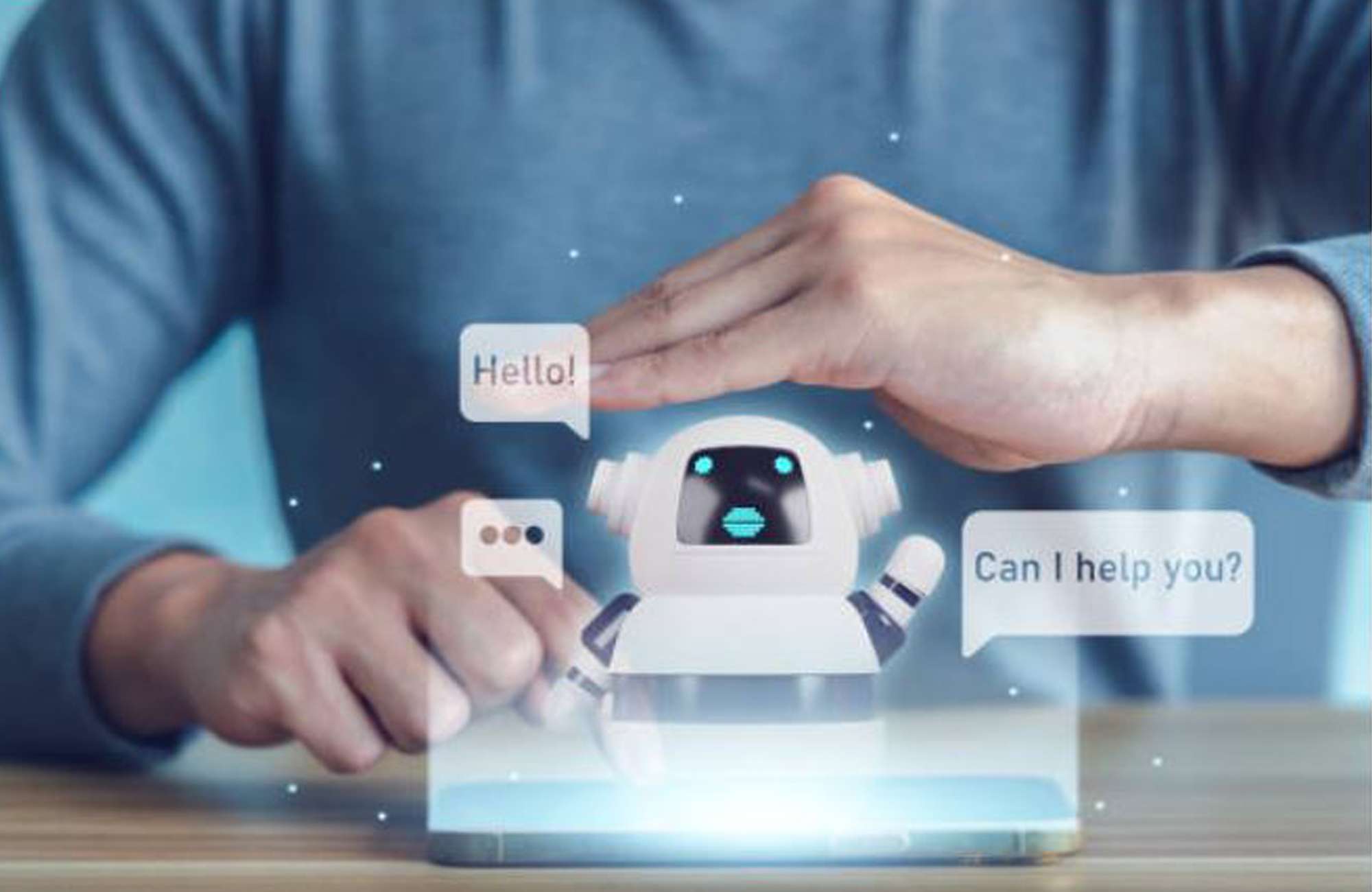The Role of AI in Graphic Design: Enhancing Creativity and Efficiency
In recent years, the sphere of picture design has witnessed a transformative shift with the integration of synthetic intelligence (AI) technology. AI has emerged as an effective tool, revolutionizing the manner designers create, optimize, and streamline their innovative strategies. With the aid of leveraging AI algorithms and devices to get to know talents, designers can beautify their creativity, enhance productivity, and acquire super outcomes. This weblog publication explores the considerable role of AI in graphic design and its impact on the enterprise.
The Future of Graphic Design
The automation of time-consuming and repetitive processes is one of the main contributions of AI to graphic design. Large volumes of data may be analyzed, patterns can be found, and design components can be produced as a result using AI-powered software and tools. By automating repetitive processes, designers may concentrate on more complex duties like conceptualizing ideas and improving designs without spending too much time on menial jobs. Designers may work more productively and fulfill deadlines by using AI to speed up procedures like image cropping, background removal, and layout development.
Intelligent Design Assistance
AI serves as a valuable design assistant by providing intelligent suggestions and recommendations. Designers can utilize AI tools that offer predictive capabilities, helping them make informed decisions based on data analysis and user preferences. For instance, AI algorithms can analyze user behavior, identify design trends, and provide insights on color palettes, font choices, and layout structures. By leveraging AI-driven recommendations, designers can create visually appealing designs that resonate with target audiences.

Image and Content Analysis
AI plays a crucial role in image and content analysis, facilitating designers in understanding visual elements and optimizing their designs. AI algorithms can analyze images and extract relevant information, such as objects, colors, and compositions. This analysis assists designers in creating designs that align with specific brand identities and convey desired messages effectively. AI-powered tools can also analyze written content and suggest appropriate visuals or design layouts that complement the text. This integration of AI and design empowers designers to produce impactful visuals that resonate with the intended audience.
Personalization and User Experience
Designers may produce individualized and user-centric designs thanks to AI technologies. Designers can evaluate user information, preferences, and behavior to customize designs for specific users or target audience segments by utilizing machine learning algorithms. AI can assist in developing adaptive interfaces, dynamic layouts, and personalized visuals that are tailored to the demands of individual users. This degree of customization stimulates deeper engagement with the design and improves user experience, which eventually improves brand awareness and consumer happiness.
Design Generation and Exploration
AI offers designers the possibility to explore and generate modern design ideas. Generative layout algorithms, powered with the aid of AI, can produce a large number of design variations based on given parameters and constraints. This capability lets designers discover numerous layout opportunities and discover particular concepts that could have been omitted otherwise. AI-generated designs can serve as a starting point or source of concept, presenting designers with sparkling views and enabling them to push the limits of creativity.
Streamlined Collaboration and Feedback
AI-powered tools streamline collaboration and feedback processes within design teams. These tools can automate tasks such as version control, file organization, and project management, ensuring seamless communication and coordination among team members. Additionally, AI can assist in gathering feedback by analyzing user responses and sentiment analysis. Designers can leverage AI-generated insights to refine their designs and make data-driven decisions, resulting in improved design outcomes.
At last
The integration of AI in graphic design has transformed the industry by enhancing creativity and efficiency. From automating repetitive tasks to providing intelligent design assistance, AI-powered tools enable designers to streamline their workflows and focus on higher-level aspects of the design process. By analyzing images and content, AI assists in creating visually appealing designs that align with brand identities and user preferences.











